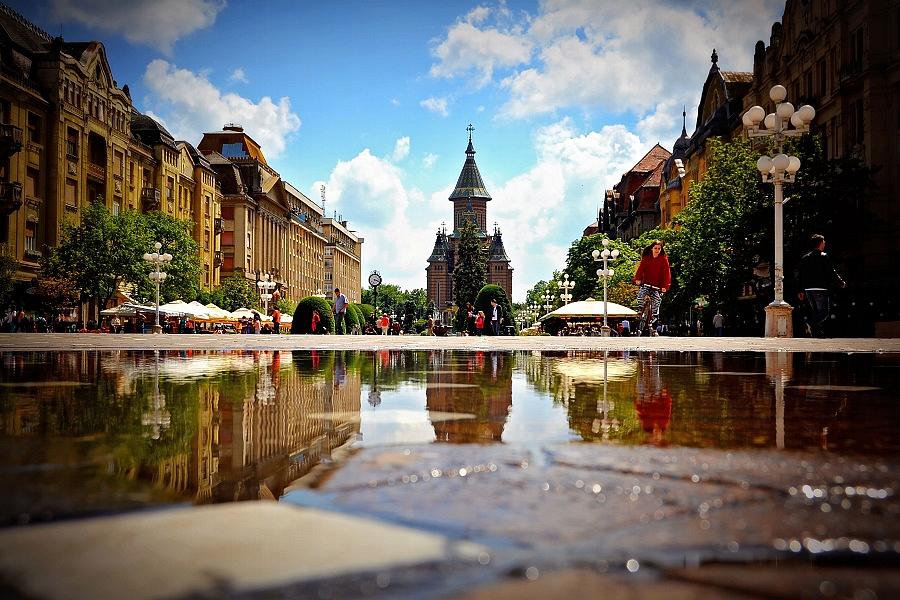Romania’s European Capital of Culture presents 2018 projects, hopes financing delays behind



The Timisoara Capitala Culturala Europeana Association, which runs the project of the Timisoara European Capital of Culture (ECoC) 2021, has presented the projects it plans to roll out this year. As in 2017, this year the Timisoara ECoC 2021 project is in the StartUp phase, when it is testing several activities and engagement of the public.
Among the projects announced for 2018 are CityGate, an event in partnership with the Timisoara architecture biennial (BETA) and gathering architects, artists and authorities in debates and workshops concerning new approaches in architecture and urbanism. A light installation to be set up at the city’s North railway station and an architecture contest are part of the event’s program, Tion.ro reported.
Also this year, the Bega channel in the city will host a festival, and an event titled Addictive Lights will take place in a partnership with the Simultan Festival.
The city’s Libertatii Square will host a series of events targeting modern and contemporary means of expression, while another project looks to bring to the forefront the traditions of the Romanians in Serbia and make them known to Romanians in Banat, Opiniatimisoarei.ro reported.
Another project entails the mapping of traditions in the Banat region, on the basis of which cultural tours will be developed in 2021. The MultipleXity project will also start this year, entailing the development of work spaces that bring together technical specialists and cultural workers.
The Timisoara Capitala Culturala Europeana Association experienced financing delays last year and had to reorganize some of its projects, Opiniatimisoarei.ro previously wrote.
In 2017, the association would have needed EUR 2.5 million but received around EUR 900,000 including the sums coming from the private sector. The project of the European Capital of Culture is to be funded from a variety of sources, including the Government, the Timis County Council or the Timisoara City Hall. The funds coming from the private sector amounted to some RON 450,000 (EUR 96,770) last year, covering money and services.
As such, the association had to rethink some of its plans and dropped several activities such as new recruitment or redoing an office space, Simona Neumann, the director of the association explained, quoted by Opiniatimisoarei.ro.
The issue of the association’s budget flow was brought up in an evaluation report drafted after the first monitoring meeting for the project. The report, drafted at the end of last year, noted that the Timisoara European Capital of Culture project is not seen “as a one multi-layered project but as a collection of smaller individual projects.” This meant that the association was required to apply for funding on a single project or a "portfolio" basis. Unclear funding procedures also added to the challenges facing the association.
“The Ministry’s financial contribution is not specified and multi-year funding at the moment is not possible. Similar problems exist at local and county levels, however, both Municipality and County promised to fulfil their financial commitments,” the report noted in October 2017.
The experts also recommended that “ECoC is to be seen by all levels of territorial governance (Municipality, County and State) as one single large-scale and multi-faceted project and not as a collection of smaller individual projects.”
At the same time, the report remarked that the project “benefits from an unabated, strong and wide political support at local and regional levels.”
Simona Neumann also mentioned the “permanent dialogue” with local authorities and expressed hopes that the public financing “enters normality” this year.
editor@romania-insider.com